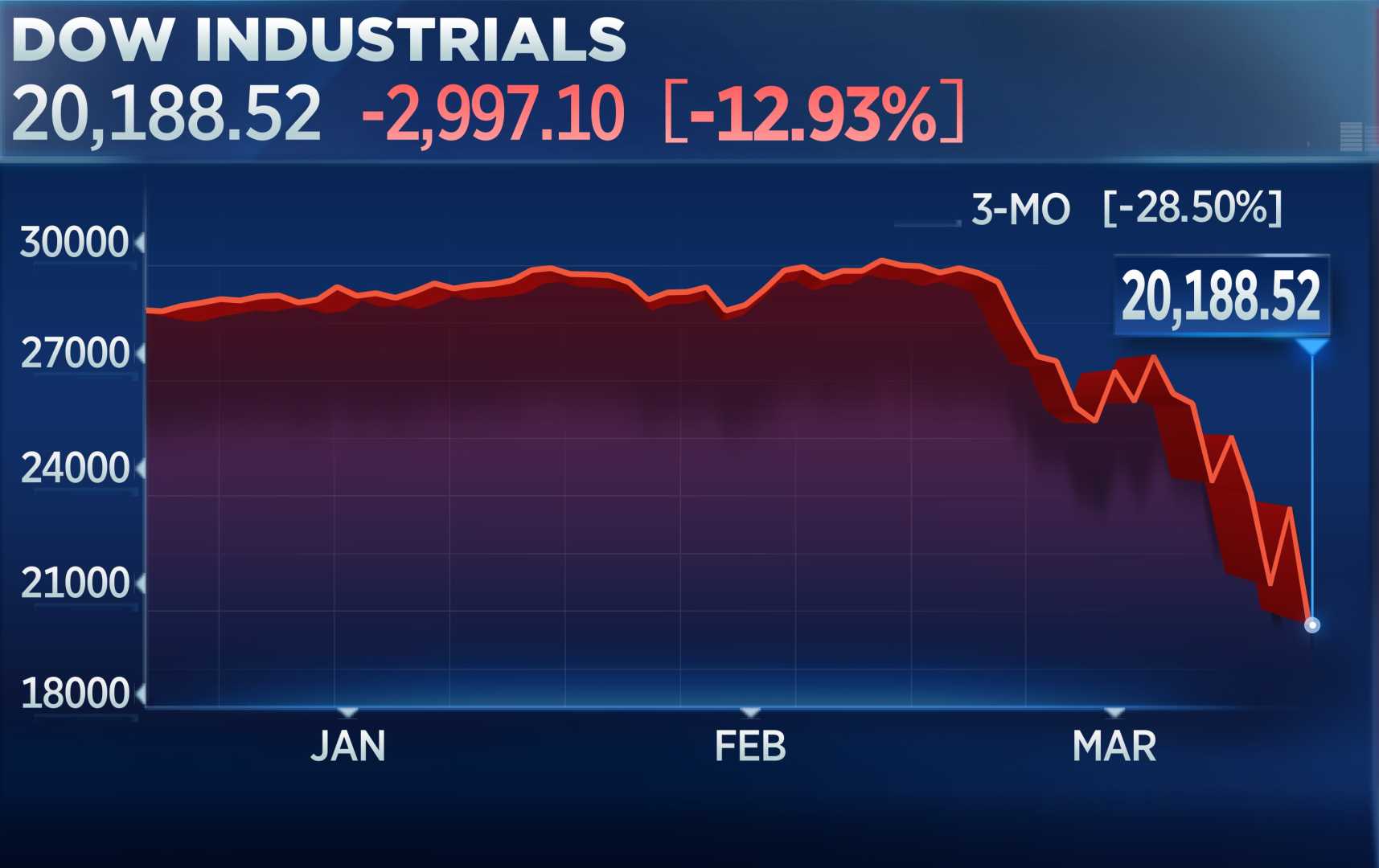Business
Stock Market Performance Under Trump: What History Tells Us

WASHINGTON, D.C. — As Donald Trump begins his second term as U.S. president, investors are questioning how his administration might impact the stock market. Historical data suggests that while presidents often receive undue credit or blame for market performance, their influence is minimal compared to broader economic forces.
The S&P 500 posted an 83% cumulative return during Trump’s first term (2017-2020), despite two significant drawdowns: a 15% drop in 2018 and a 35% crash in early 2020. These declines were largely driven by external factors, such as Federal Reserve interest rate hikes and the COVID-19 pandemic, rather than presidential policies.
“The president has minimal-to-zero control over what starting valuations stocks have when they enter office,” the article notes. While some presidents may impact the market through economic policies, such instances are rare. Instead, long-term stock performance is more closely tied to corporate earnings and macroeconomic trends.
Since the Great Depression, the S&P 500 has experienced 10 crashes where prices fell by 20% or more—approximately one every decade. This pattern underscores the inherent uncertainty and risk in the market. In 2025, the elevated price-to-earnings (P/E) ratio of the S&P 500, currently near 30, increases the likelihood of a correction. A reversion to the long-term average P/E of 20 could result in a 20% decline.
Recent volatility, such as Nvidia‘s sharp drop at the start of the year, highlights the unpredictability of short-term market movements. “Anything can happen in a 12-month period,” the article cautions, emphasizing that investors should focus on long-term trends rather than attributing market performance to presidential influence.
As Trump’s second term unfolds, market participants are reminded that presidents typically have little control over stock performance, despite political rhetoric suggesting otherwise. Whether the market crashes, soars, or flatlines in 2025, the president’s role will likely remain peripheral to broader economic forces.












